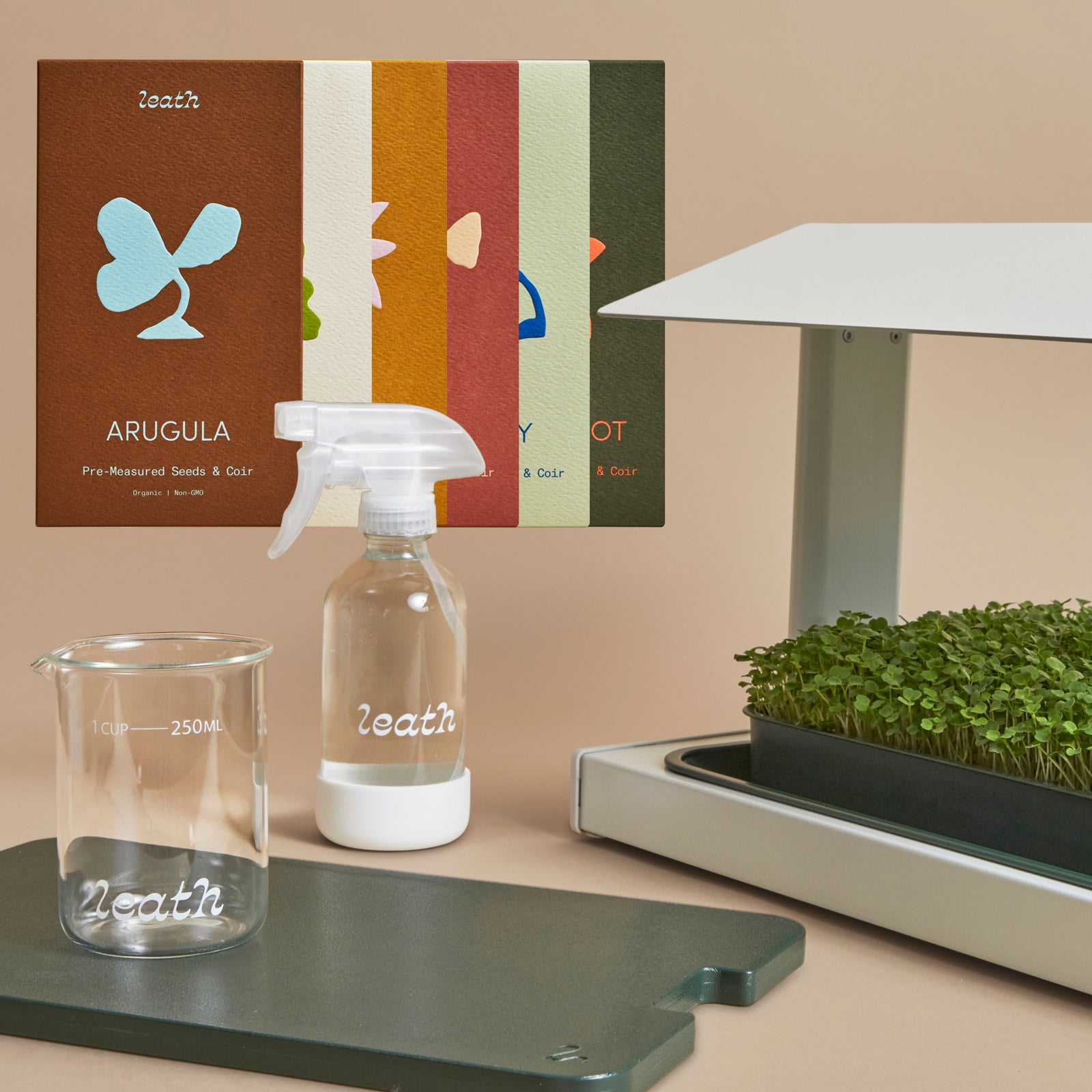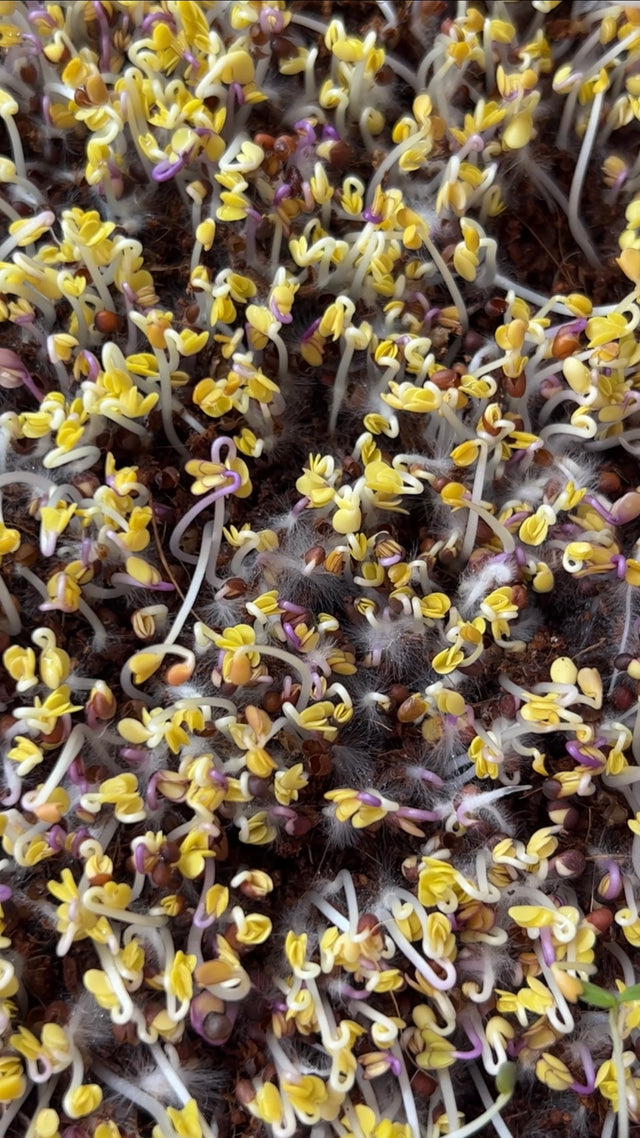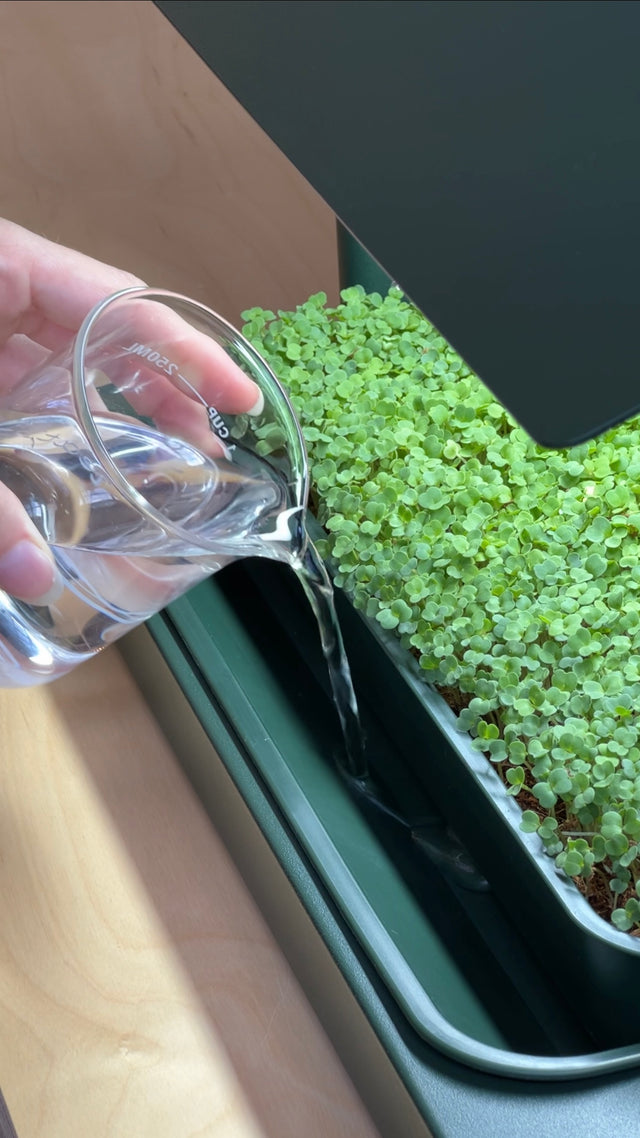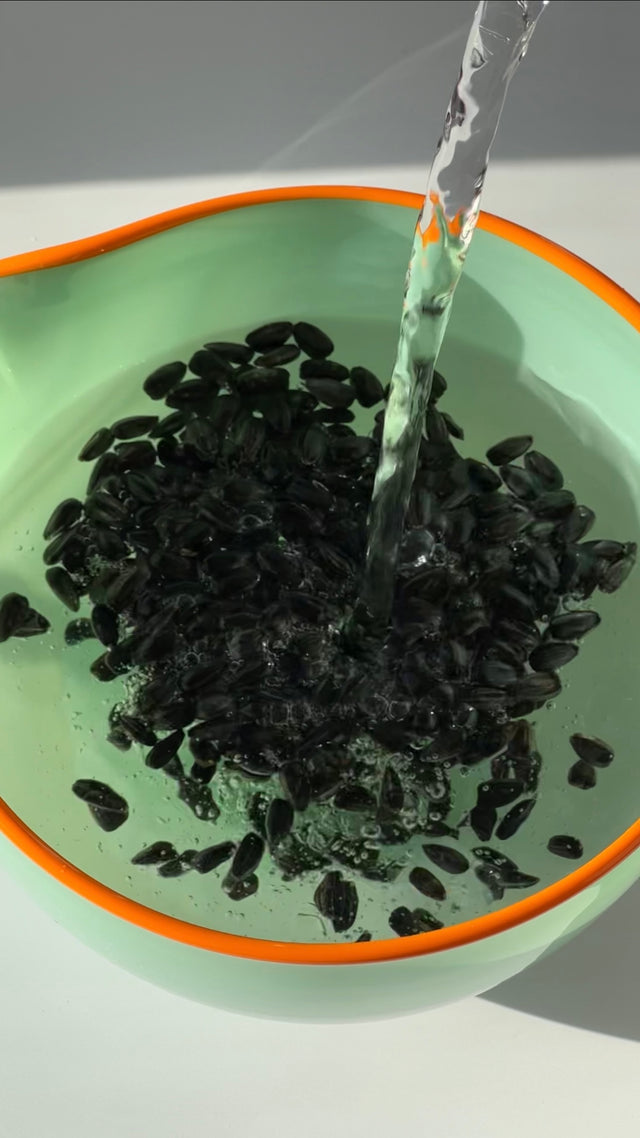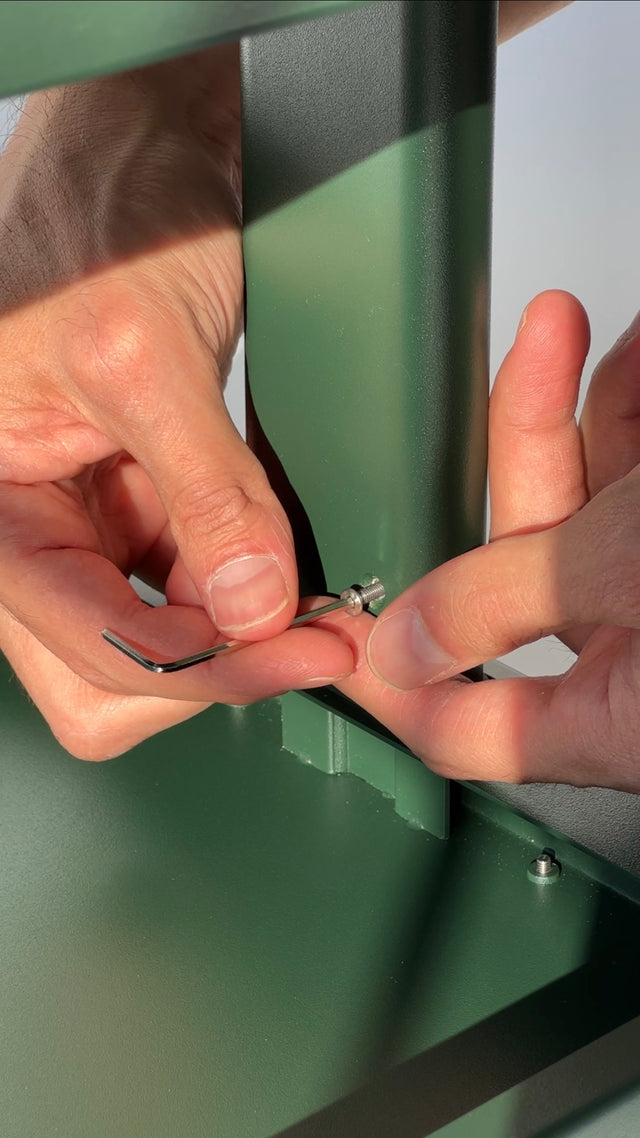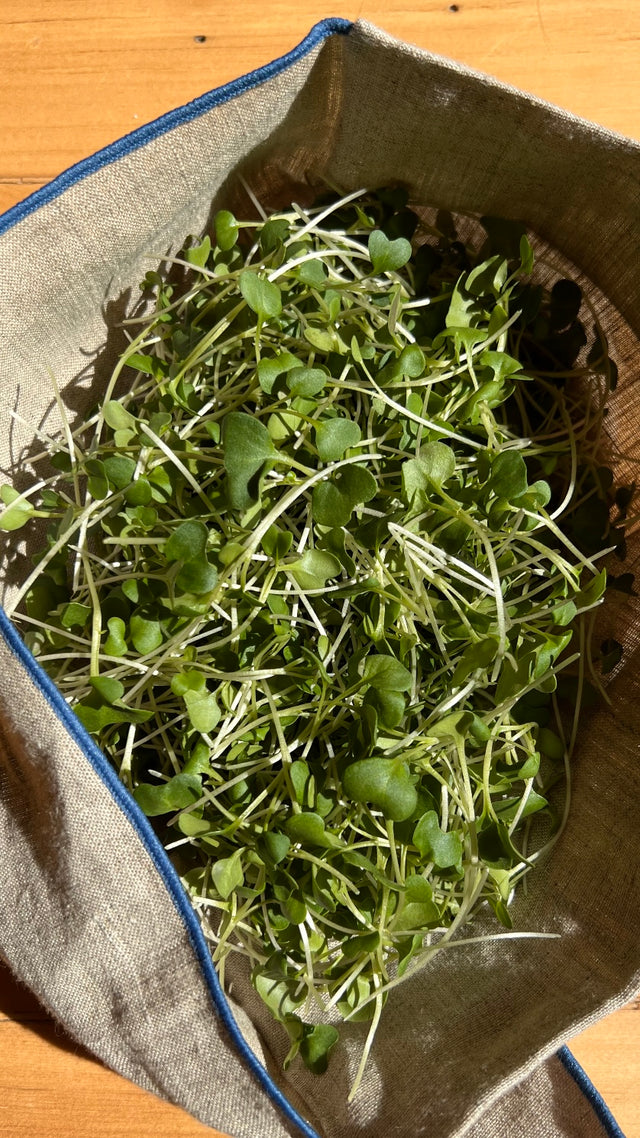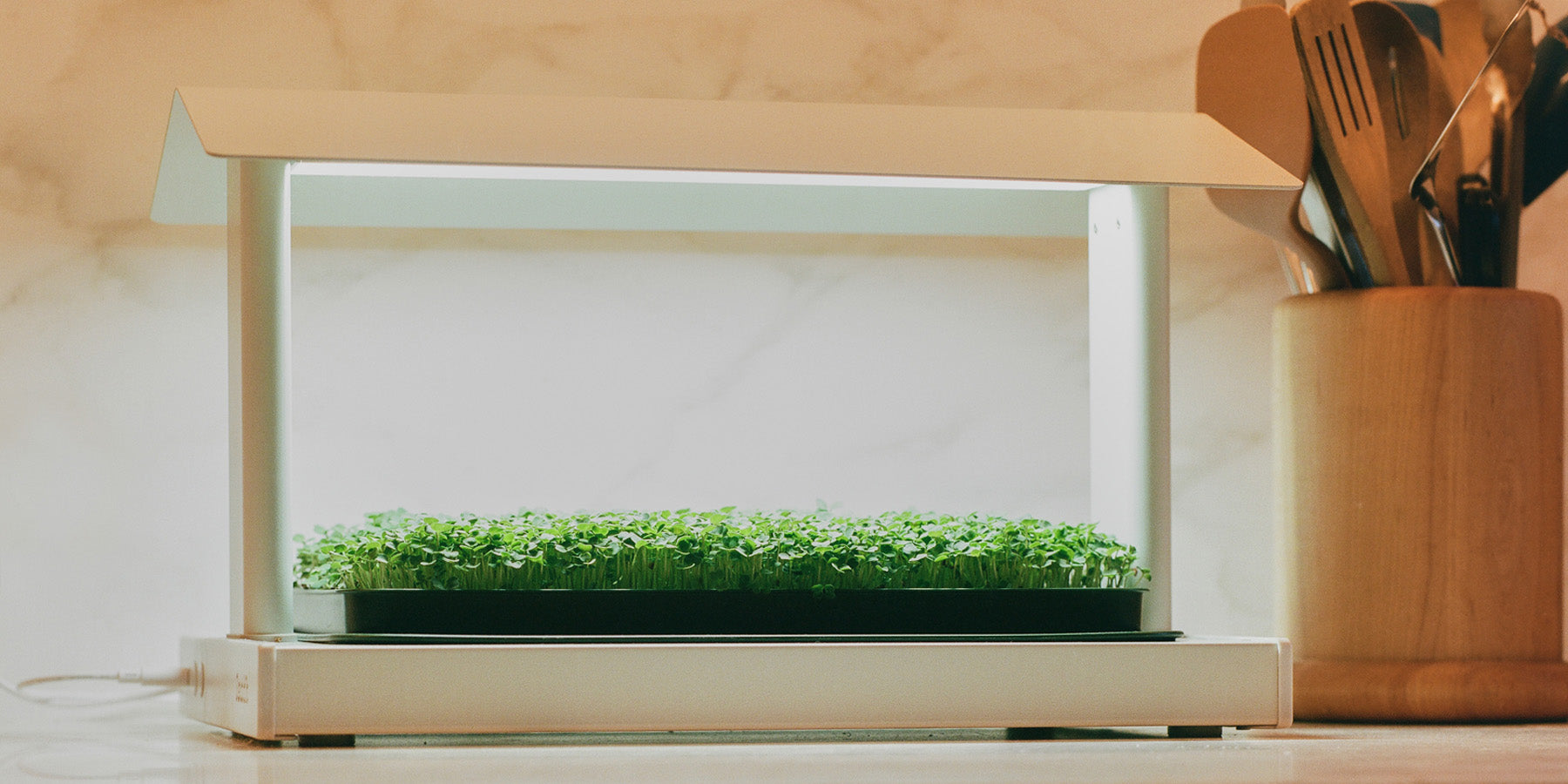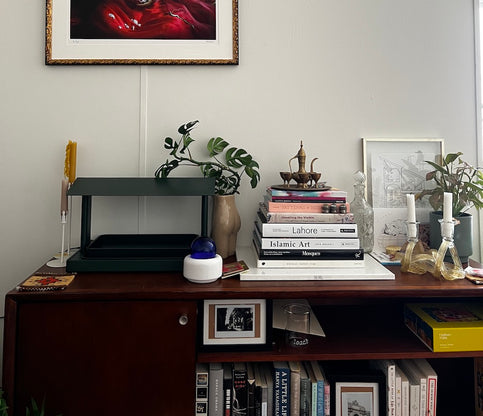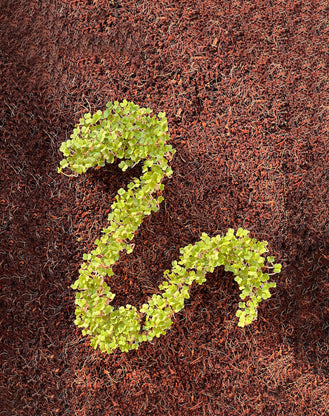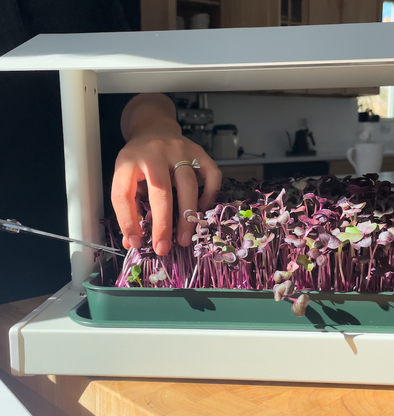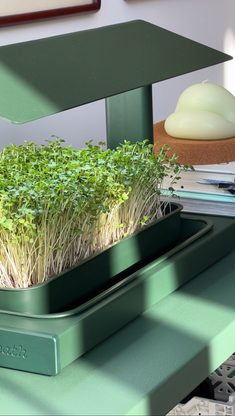
Here's our complete guide for growing arugula greens in the Fieldhouse — follow these steps, reference the video and FAQs, and you'll do great. We're rooting for you!
REHYDRATE COIR PUCKS | DAY 1
- Open coir pack and transfer both pucks into a standard size mixing bowl
- Using included Leath measuring cup, pour two cups of water over the coir discs
- Wait 5 minutes to allows coir fibers to expand and fully absorb water
- After pucks have sucked up all water, begin to work coir with hands
- Break up any clumps and continue mixing until coir has been fully rehydrated and loosened
- Once coir has been thoroughly mixed up, transfer into top tray with holes
PLANTING | DAY 1 — NO GROW LIGHT NEEDED
- Open arugula seed pack and transfer to dry Leath measuring cup for easy distribution
- Carefully begin to spread arugula seeds across rehydrated coir, paying special attention to evenly disperse and avoid any clumping of seeds — even distribution helps ensure maximum germination and yield size
- Using included spray bottle, lightly mist seeds until visibly damp, but not soaked
- Cover seeds with germination lid and press down gently, ensuring seeds have made contact with grow medium
- It’s often helpful to make note of the day you planted seeds to track growth progress
GERMINATION PHASE | DAYS 2-3 — NO GROW LIGHT NEEDED
- Seeds should remain covered by the germ lid during this phase
- Note: While not required, you may lift the germination lid once per day to visually check for seed sprouting and coir hydration levels. Arugula seed hulls become gelatinous as they loosen up and absorb water so you may notice your seeds sticking to the germ lid — that's normal. Simply place lid back down and roots will connect with soil within 2 - 3 days. Read the Arugula FAQs below for more detail.
- If you do check on seeds during this phase and soil is looking dry, use spray bottle to spritz seeds from above — remember, soil should be damp, but not soaked.
- Once 85 - 90% of the tray has sprouted and early-stage leaves are beginning to form, remove germination lid and expose seedlings to grow light — utilize the Fieldhouse’s built-in timer for an automated schedule of 12 hours of continued light followed by 12 hours off
TO NOTE: There is no bottom watering required for arugula during germination. At this stage, it’s common for seeds to exhibit white, fuzzy hairs at the base of the stems, which are easily confused with mold — read our guide on ROOT HAIRS VS MOLD.
GROWTH PHASE | DAYS 4-14
- Inspect coir, and if starting to dry out, pour 1 cup (250 ml) of water into bottom tray via watering ramp using included measuring cup
- Continue to water as needed – typically once every 1 - 2 days — until harvest
- If soil is visibly soaked through, hold off on watering that day — VIEW OUR WATERING GUIDE
- Arugula greens will be ready to harvest once greens have reached 2 - 3 inches (50 - 75 mm) in height, or approximately 8 - 14 days after planting

